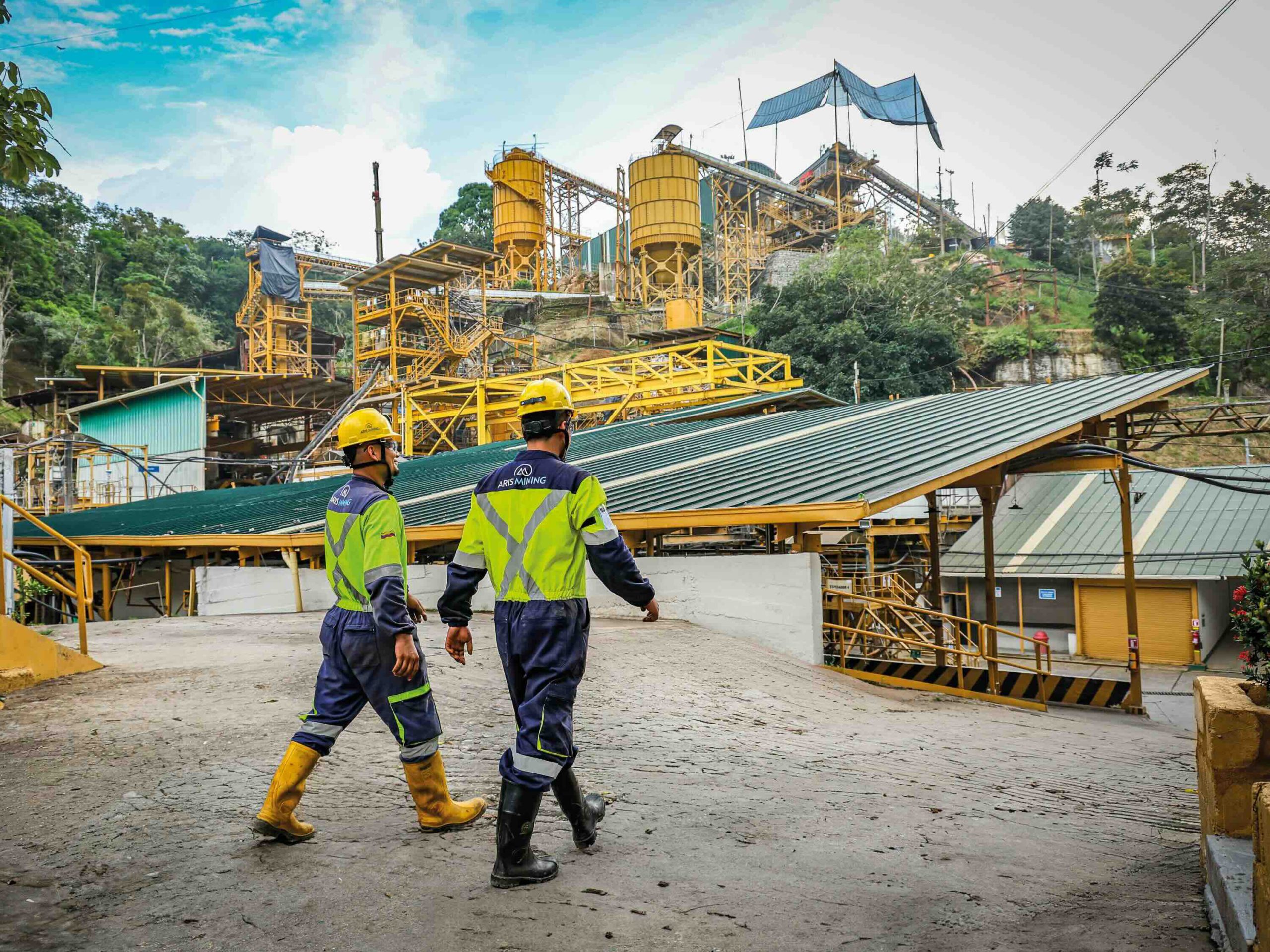Cleaning up tailings standards: Why this time really is different
Jan. 25 will mark two years since the Brumadinho tailings disaster in Brazil.
The tailings dam failure released 12 million cubic metres of tailings, killing 259, devastating the nearby town of Brumadinho, and polluting the Paraopeba River.
Incredibly, they’re still looking to recover the bodies of 11 presumed victims. (The search and rescue effort, interrupted by the pandemic in March 2020, resumed in August.)
The tragedy has prompted what promise to be profound, deep and lasting changes to tailings management in a way that previous high-profile failures – Mount Polley in 2014 and Fundao in 2015 – did not.
Although the other disasters did prompt industry responses, they were more regional (in the first instance) or in the second case, resulted in a high-level governance framework that lacked specific best practice details (a December 2016 position statement by the International Council on Mining and Metals [ICMM]).
This time, the response involved a diverse set of stakeholders through The Global Tailings Review, working to create a global standard. Comprised of the ICMM, the Principles for Responsible Investment (PRI) and the United Nations Environment Programme (UNEP), the review also included input from communities, environmental groups, mining engineers and industry associations.
The end result, the Global Industry Standard on Tailings Management released in August 2020, has spelled out best practices that should be followed regardless of jurisdiction, and states that mine operators have “zero tolerance for human fatalities.” The standard will be overseen by an independent body, still in the works (see page 13).
That doesn’t mean everyone is happy with the results so far. There has been criticism from NGOs that the standard does not ban upstream dams (both the Brumadinho and Samarco disasters involved upstream dams, while Mount Polley was a centreline dam) and that it is voluntary.
But while only ICMM members – 27 of the world’s largest mining and metals companies – have committed to implementing the standard, there’s a clear expectation that adoption will be much more widespread.
Investor pressure and engagement has been a big part of why things are finally happening on the tailings front. While responsible investors have long sought to influence companies and industries on environmental, human rights and other issues, they responded to this disaster much more intensely because of its “horrific” nature.
“There was a real need for investors to intervene: it was clearly a major problem that wasn’t just confined to that one incident,” said Adam Matthews, director of ethics and engagement for the Church of England Pensions Board.
“Almost two years since that disaster, we’re in quite a different place. But we’re absolutely not complacent that another disaster could still happen.”
While change is underway, don’t expect the pressure to let up. Matthews stresses that investors will be there to ensure the standard is implemented and independently audited.
“Mining is so intrinsically important to society – the resources we demand for the low-carbon transition and everything that we consume,” he says. “Therefore, we’ve been willing to very much be involved and drive a process to address the problem.”
Two years after Brumadinho, the sustained effort needed to address tailings risks isn’t dissipating. This time really is different.





Comments
Howard Lord
The entire issue of tailings dam future failures can be eliminated by implementing dry stack tailings (DST) technology for all future mining projects. This must be made mandatory and not voluntary. FLSmidth is the global leader in the system design and equipment supply required for whatever the mine throughout.